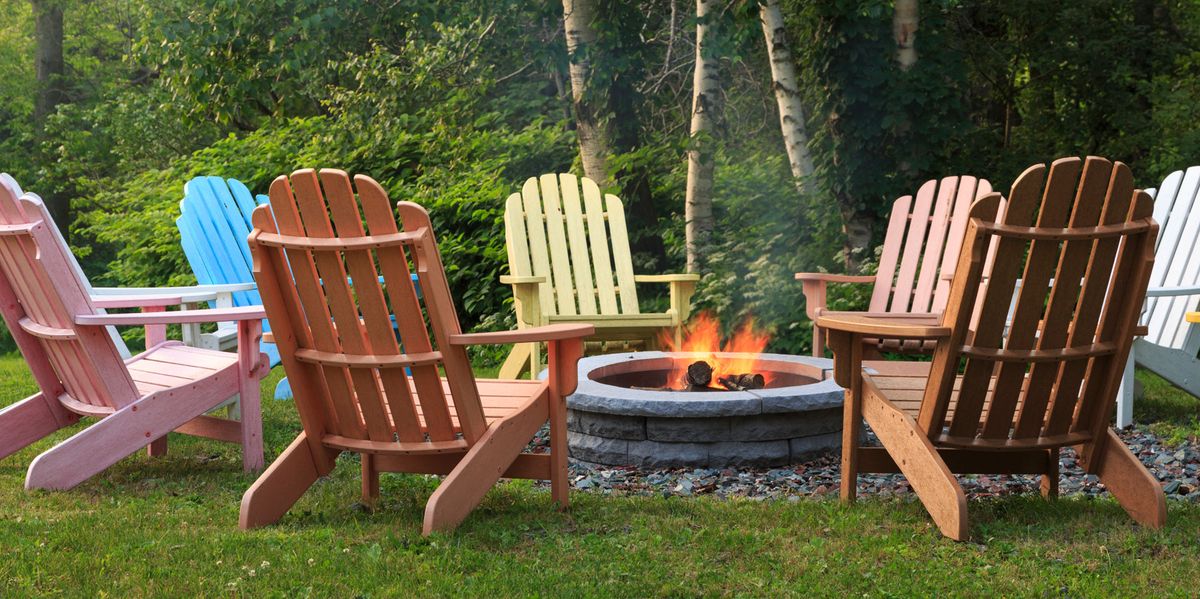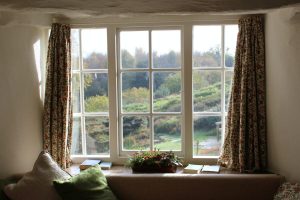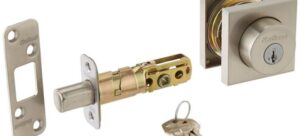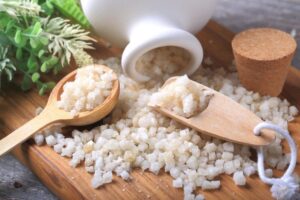Introduction
Adirondack chairs, with their distinctive slanted backs and wide armrests, are an epitome of comfort and relaxation. Whether you want to unwind on your porch or bask in the sun in your backyard, choosing the right wood for your Adirondack chair is crucial. In this guide, we will explore the best wood options to ensure not only comfort but also durability for your outdoor seating.
Pine – An Affordable Classic
Characteristics of Pine
Pine is a popular choice for crafting Adirondack chairs due to its affordability and accessibility. This softwood boasts a light color with a subtle grain pattern, lending a classic charm to your outdoor space.
Pros of Pine
- Cost-effective
- Easy to work with
- Takes paint and stain well
- Lightweight and easy to move
Cons of Pine
- Prone to dents and scratches
- Requires regular maintenance
- May not be as durable as hardwoods
Cedar – Natural Beauty and Decay Resistance
Characteristics of Cedar
Cedar, a fragrant and reddish-brown wood, is well-known for its resistance to decay and insects. Its natural oils act as a deterrent to pests, making it a great choice for outdoor furniture.
Pros of Cedar
- High resistance to decay and insects
- Aromatic scent adds charm
- Beautiful natural color
- Low maintenance
Cons of Cedar
- Higher cost than pine
- May require sealing for color preservation
Redwood – Premium Elegance
Characteristics of Redwood
Redwood, a premium hardwood, is often considered the pinnacle of Adirondack chair materials. Its rich, reddish-brown hue and natural resistance to decay make it an excellent choice.
Pros of Redwood
- Exceptional durability
- Gorgeous appearance
- Resistant to insects and decay
- Low maintenance
Cons of Redwood
- Higher cost
- Limited availability in some regions
Teak – Unrivaled Longevity
Characteristics of Teak
Teak, a tropical hardwood, is renowned for its unparalleled durability. It has a golden-brown color that weathers to a stunning silver-gray over time, adding character to your chair.
Pros of Teak
- Outstanding longevity
- Naturally weather-resistant
- Beautiful aging process
- Low maintenance
Cons of Teak
- Highest cost among options
- Heavy and difficult to move
Conclusion
Selecting the best wood for your Adirondack chair depends on your budget, preferences, and climate. Pine offers affordability, while cedar provides natural beauty and resistance to decay. Redwood exudes premium elegance, and teak promises unrivaled longevity. Consider your priorities and enjoy crafting or purchasing the perfect Adirondack chair for your outdoor haven.

FAQs
1. How should I maintain my wooden Adirondack chair?
- Regularly clean it with a mild detergent and water.
- Apply a sealant or protective finish as needed.
- Store it indoors during harsh weather conditions.
2. Can I paint or stain my Adirondack chair?
- Yes, all the mentioned woods can be painted or stained to match your outdoor decor.
3. Is teak worth the higher cost?
- If longevity and exceptional beauty are a priority, teak is an excellent investment.
4. Do I need cushions for Adirondack chairs?
- While cushions are not necessary, they can enhance comfort during long periods of use.
5. Can I leave my Adirondack chair outside year-round?
- It’s best to store them indoors or use covers during extreme weather to prolong their lifespan.
In conclusion, choosing the best wood for your Adirondack chair involves a careful balance of cost, aesthetics, and durability. Each wood type has its unique qualities, allowing you to create or own a piece of outdoor furniture that not only provides comfort but also stands the test of time. So, go ahead and craft your perfect outdoor sanctuary with the wood that suits your needs best.



